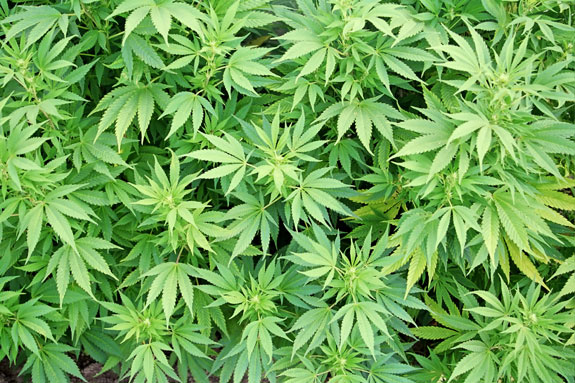
(Photo: Stock.xchng.)
By Steve Miller
Florida Center for Investigative Reporting
It sounds like the opening narrative to a travelogue. Well, until the word “criminal” snakes its way in: “Florida’s warm climate and wide-ranging rural woodlands provide a fertile environment for criminals to cultivate cannabis plants (marijuana).”
This is the lede for this year’s annual report on marijuana eradication issued in February by the state Office of Agricultural Law Enforcement. It boasts of taking down the many fields of green in Florida over the years. Last year, taxpayers paid $436,771 to various law enforcement agencies around the state to help them get rid of pot gone wild.
From the report:
In 2012, the reported seizures of marijuana from indoor grow sites continued to outpace seizures from outdoor grow sites. Indoor and outdoor cultivators continue to develop innovative techniques and schemes to avoid detection by law enforcement.
Despite these evasion efforts, county and local law enforcement agencies in 58 of Florida’s 67 counties reported the detection and dismantling of 771 indoor and outdoor grow sites, resulting in the eradication of 37,388 marijuana plants, 723 arrests, and the forfeiture of $1,669,117 in assets. As in 2011, Miami-Dade PD continued to lead the state with indoor grow sites (184) and indoor grow plants (9,651). Putnam County led the state with outdoor grow sites (19), but Holmes County led the state in outdoor grow plants (1,602) eradicated in 2012.
The numbers of plants destroyed in recent years are down from those heady days of the early ’80s, when six-figure takedowns were common. Last year, in fact, was the fourth-lowest eradication total since the weed-ridding process began in 1981.
Coincidentally, the early ’80s were also the days that cocaine was running Miami as a $20 billion industry.
Florida is part of the South’s resistance to loosening marijuana laws. House Bill 49, passed last session and in effect as of July 1, tightened laws on selling bongs and related paraphernalia. We note the corncob pipe, a favorite of the Hee Haw crowd, was omitted from the list of lawless paraphernalia.
In the same session, the Cathy Jordan Medical Cannabis Act went nowhere. The bill sought to authorize medically qualified people to possess and use marijuana. Another bill seeking to shield from public records law all applications, health records and other personal data for patients seeking medicinal marijuana died in committee.
